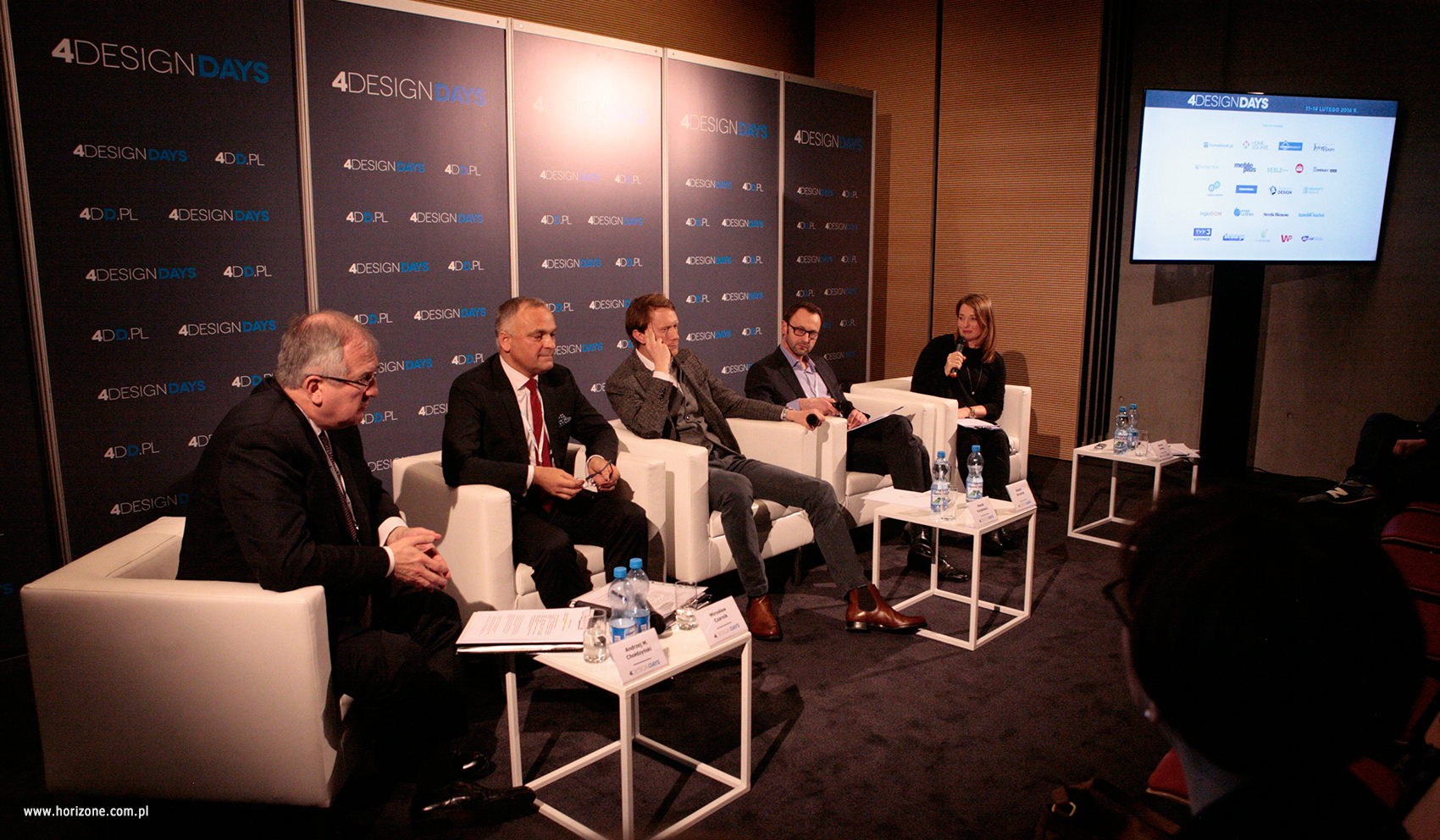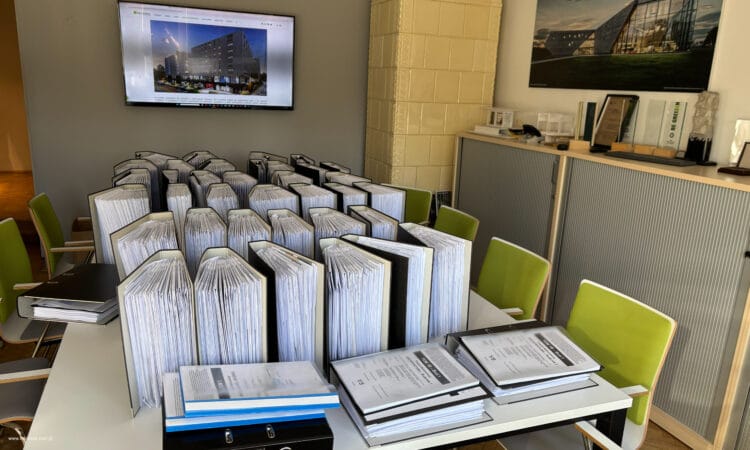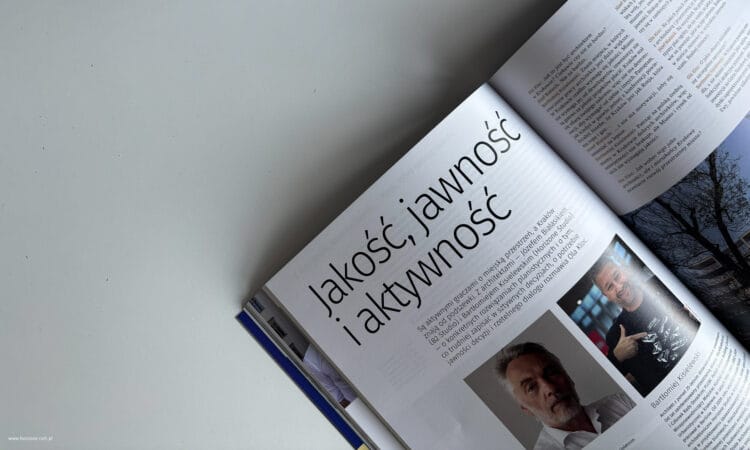Poland, in terms of the number of certified buildings, compares very well with other countries. After England, Germany and France, we rank fourth in Europe. This is an impressive result, considering that this trend is relatively new in our country. – In 2010 there was the first BREEAM-certified building and the first LEED-certified building. In 5 years we have hit the European top,” Robert Strzeński, architect, partner of Horizone Studio, said during the panel discussion. And while this is optimistic information, according to the architect, there is a fundamental difference between Poland and developed markets. – In Ireland in 2006-2007, all public buildings were certified by design, or were green buildings to be certified. And they created a trend in the construction market. In our country, mainly commercial buildings are certified, the public sector lags behind,” he adds.
As Marek Kurylowicz, vice president of Kurylowicz& Associates, noted – Until some time ago, it was possible to obtain a certificate at a low cost. A large part of the buildings that could boast such a certificate had little to do with so-called green building. Fortunately, certification has become popular and obtaining a high rating now involves a fairly large outlay, which precludes the use of pseudo-solutions.







